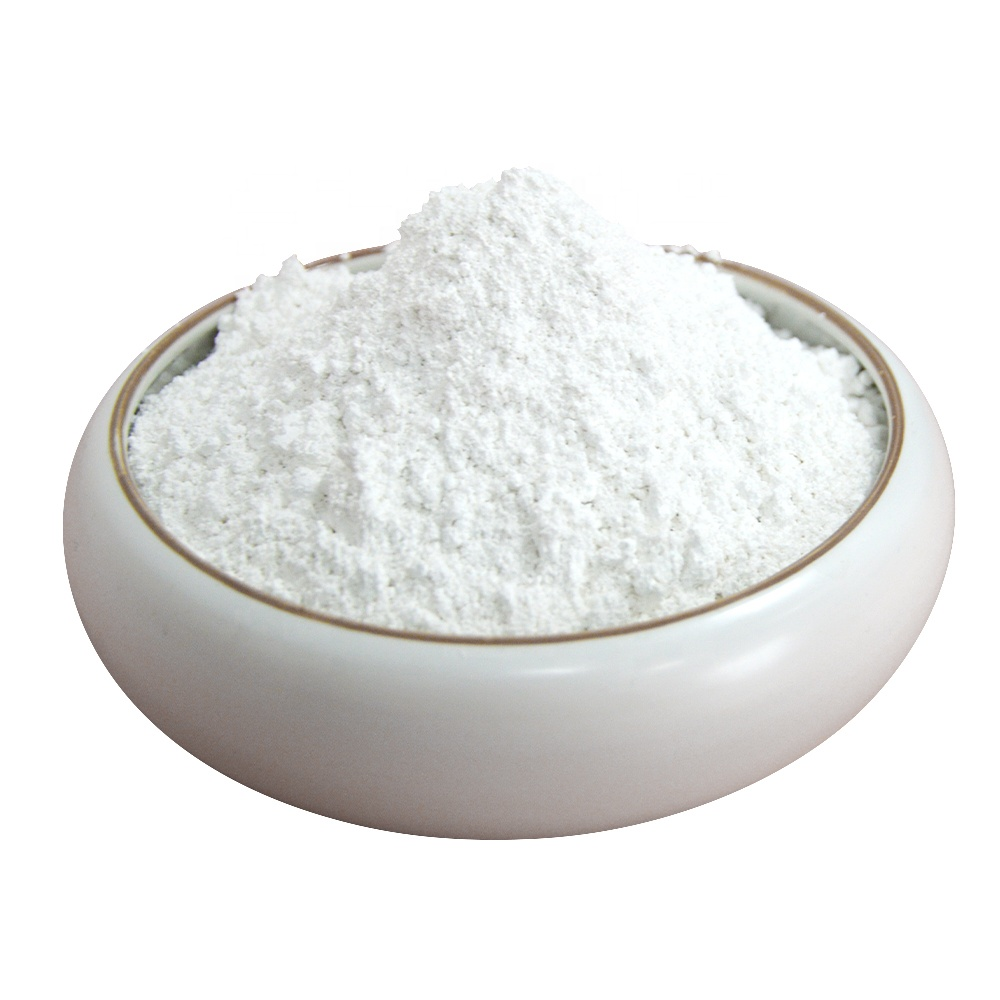Ground calcium carbonate (GCC) plays a significant role in various industries, including paper manufacturing. As a natural mineral derived from limestone, chalk, or marble, it offers unique properties that make it a valuable component in the production of high-quality paper. But how exactly does ground calcium carbonate contribute to paper making?
The Role of Ground Calcium Carbonate in Paper
In the paper industry, ground calcium carbonate is primarily used as a filler and coating material. Its fine particles enhance the quality of paper by improving its brightness, opacity, and smoothness. The use of GCC reduces the overall cost of production by replacing a portion of more expensive pulp, without compromising the quality of the final product.
One of the primary reasons for its widespread use in paper is its ability to improve the paper’s brightness and whiteness. Ground calcium carbonate is naturally white, which allows it to enhance the visual appeal of the paper, making it more suitable for printing and writing applications.
Benefits of Using Ground Calcium Carbonate in Paper
There are several advantages to using ground calcium carbonate in the paper manufacturing process. First and foremost, it is an eco-friendly option. Since it is a natural material, its use helps reduce the environmental impact of paper production. In addition to being environmentally sustainable, GCC is also cost-effective, which benefits manufacturers and consumers alike.
Ground calcium carbonate also improves the printability of the paper. Its smooth texture allows for better ink absorption, making the printed material more vibrant and clear. This is especially important for industries that require high-quality printing, such as magazines, brochures, and packaging materials.
Moreover, the presence of ground calcium carbonate in paper improves the paper’s strength and durability. This means that the paper becomes more resistant to wear and tear, prolonging its usability and reducing the need for frequent replacements.
How Ground Calcium Carbonate Is Incorporated in Paper
In the paper manufacturing process, ground calcium carbonate can be added during the pulping or coating stages. When used as a filler, it is mixed with the pulp to create a uniform distribution of the mineral throughout the paper. This helps in producing a smooth surface that is ideal for printing.
When used as a coating material, ground calcium carbonate is applied to the surface of the paper to enhance its finish. The coating process helps create a glossy or matte texture, depending on the desired outcome. This versatility makes ground calcium carbonate an essential component in the production of different types of paper products.
Sourcing Ground Calcium Carbonate for Paper Production
Manufacturers often turn to a ground calcium carbonate manufacturer in India to source the material for their paper production needs. India is home to a number of suppliers who produce high-quality ground calcium carbonate for various industries, including paper manufacturing. The availability of this resource in the country helps meet the demands of paper mills that require a consistent and reliable supply of GCC.
By choosing to work with a reputable ground calcium carbonate manufacturer in India, paper producers can ensure they receive the best quality material for their operations. These manufacturers are experienced in delivering finely ground GCC that meets the specific requirements of paper production, ensuring optimal results in terms of brightness, smoothness, and durability.
Conclusion
The use of ground calcium carbonate in paper manufacturing offers numerous benefits, from improving the quality of the paper to reducing production costs. Its natural properties enhance the brightness and durability of paper, making it an essential material in the industry. Paper producers can source high-quality GCC from a ground calcium carbonate manufacturer in India, ensuring they have access to the best material for their production needs. In conclusion, ground calcium carbonate plays a pivotal role in enhancing paper quality while offering an eco-friendly and cost-effective solution for manufacturers.

